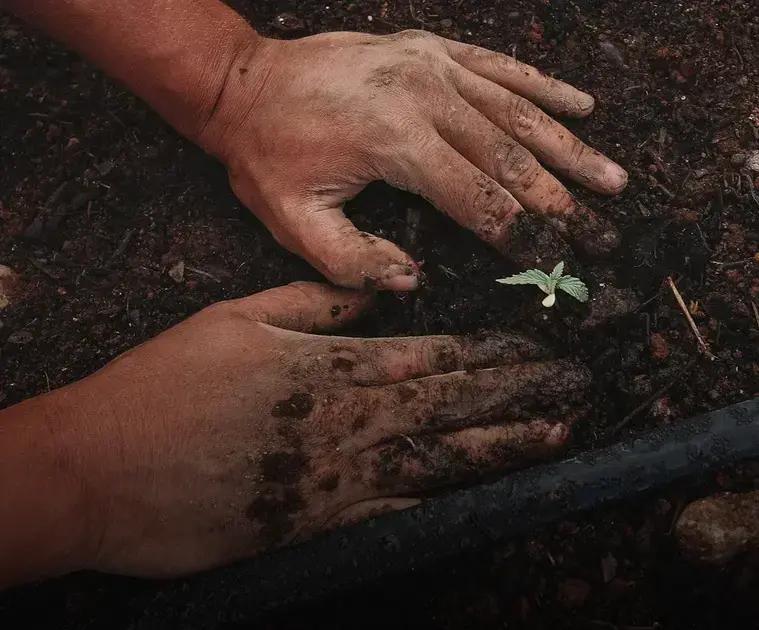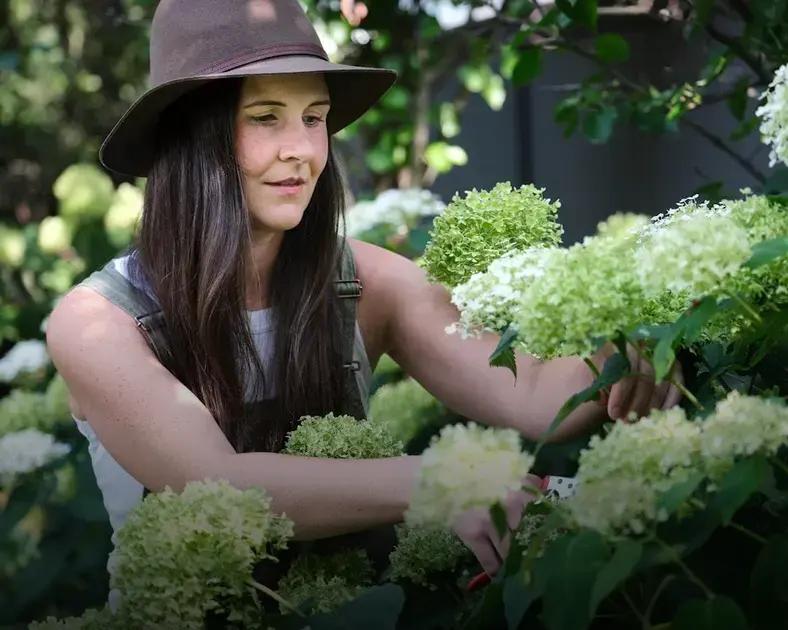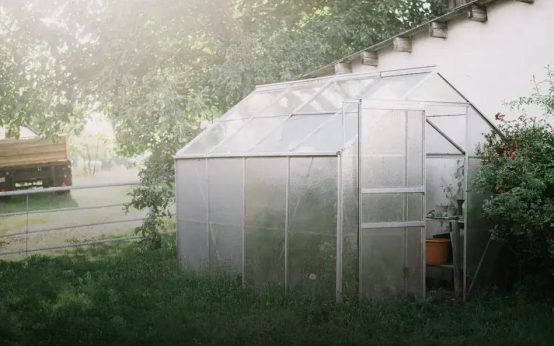Are you wondering how to choose the right plants for your home garden? Selecting the ideal plants involves considering various factors including your garden’s environmental conditions and personal preferences. Whether you’re a beginner or looking to broaden your gardening skills, understanding plant types and their growth requirements is essential. Join us as we explore key factors such as the environment, plant types, and care requirements to help your garden flourish.
Understanding Your Garden’s Environment
Understanding your garden’s environment is crucial for plant selection and ensuring the success of your home garden. First, analyze the soil type in your garden area. Different plants thrive in different soil conditions, so knowing whether you have sandy, clay, or loamy soil can guide your choices. Conduct a pH test if possible, as some plants have specific pH preferences.
Sunlight exposure is another critical factor. Observe how much sunlight your garden receives throughout the day. Some plants require full sun, while others thrive in partial shade. Knowing the light patterns can help position your plants strategically for optimal growth.
Pay attention to temperature and climate zones. Different plants are suited to different climates, and understanding your local climate will steer you toward choosing plants that can withstand your area’s seasonal variations. Verify if your environment faces specific weather challenges like strong winds or high humidity, as these can affect plant health and growth.
Monitor the water conditions in your garden by checking drainage capabilities. Ensure that your garden plot doesn’t retain excessive water unless you aim to grow water-loving plants. Implement appropriate irrigation solutions suited to your environment to maintain consistent moisture levels for your chosen plants.
Types of Plants Suitable for Beginners

Types of Plants Suitable for Beginners
Starting a home garden can be an exciting adventure, and choosing easy-care plants is essential. Herbs like basil, mint, and parsley are excellent choices due to their robustness and frequent use in the kitchen. These plants not only thrive with minimal sunlight but also bring a fresh aroma to your garden space.
Another great option for beginners is succulents. Known for their ability to store water, they require less frequent watering and are resistant to drought, making them perfect for those who are just starting with gardening. Consider aloe vera or jade plants, which are both attractive and low-maintenance.
For those with a bit more space and interest in flowering plants, marigolds and zinnias make extraordinary choices. Their resilience to pests and diseases, paired with the colorful blooms they offer, make them a delightful addition to any novice gardener’s patch.
Pothos is a versatile houseplant that can adapt to various conditions. Its trailing vines add greenery to your home with little effort. As a bonus, pothos can grow in both low and bright light, providing flexibility in placement.
When selecting plants, think about your everyday routine and how much time you can dedicate to caring for them. Starting simple ensures a rewarding and stress-free gardening experience, encouraging a lifelong hobby.
Color and Theme Coordination
Coordinating the color and theme of your garden can make a huge difference in its overall look and feel. A harmonious garden color scheme not only enhances the aesthetics but also creates a sense of balance and calm.
Choose Complementary Colors: Start by selecting colors that complement each other. For example, if you have a lot of green foliage, consider adding plants with purple or red flowers to create a pop of color. Use the color wheel as a guide to find complementary colors that will enhance the visual appeal of your garden.
Stick to a Theme: Decide on a theme for your garden and choose plants that fit that theme. Whether it's a tropical paradise, a desert landscape, or an English cottage garden, sticking to a theme helps create a cohesive look.
Consider Plant Size and Shape: Not only color but also the shape and size of the plants contribute to the theme. Combine different textures and heights for a more dynamic and layered look.
Incorporate structures like trellises or garden paths that match the theme to further unify the design. By carefully considering color and theme, you can transform your home garden into a delightful sanctuary.
Seasonal Considerations for Your Plants

When planning your home garden, it’s crucial to consider the seasonal changes that affect plant growth. Different plants thrive in different seasons, so it’s important to choose those that will flourish during each time of the year in your area.
In spring, look for plants like tulips and daffodils. These bulbs are perfect for the warming temperatures and will bring vibrant colors to your garden. As temperatures rise, you’ll want to plant fruit-bearing plants such as tomatoes or strawberries, which love the extended daylight.
For the summer, select drought-resistant plants unless you’re ready to water consistently. Succulents, lavender, and sunflowers are lovely options that handle heat well. Additionally, herbs like basil and mint flourish in summer, adding fragrance and flavor to your garden.
In the fall, turn to plants that enjoy cooler nights. Chrysanthemums and pansies provide warm colors even as the weather cools down. Consider planting root vegetables like carrots or beets, which can be harvested well into the season.
Finally, don’t overlook winter considerations. While winter is often seen as a dormant season, there are plants that can handle frost or even thrive in it. Evergreens are a popular choice, as they maintain greenery all year round. For cold climates, look for plants like kale or brussels sprouts that actually develop better flavors in chilly weather.
By understanding and planning for these seasonal shifts, you’ll ensure year-round beauty and productivity in your home garden.
Maintenance and Care Requirements
Ensuring your home garden thrives requires understanding specific maintenance and care requirements for your chosen plants. Regular watering is key; however, the frequency and amount depend on the plant type and your climate. Research specific water needs: some plants prefer moist soil while others need well-drained sandy soil.
Fertilization and Soil Management
Keep soil nutrient-rich by using organic fertilizers. This enhances plant growth and resilience against diseases. Testing soil pH annually helps in choosing the right amendments to maintain optimal conditions.
Pruning and Pest Control Regular pruning promotes healthy growth and shapes your plants. Use sterilized tools to prevent disease spread. Additionally, monitor for pests and diseases. Employ organic pest control methods to maintain a healthy, eco-friendly garden.
Adapt to Seasonal Changes
Seasonal shifts demand adjustments in care. In colder months, which could inhibit growth, consider using mulch to protect plant roots. Conversely, during hotter seasons, increase water frequency but ensure proper drainage to avoid root rot.
By understanding and implementing these care strategies, you ensure a thriving and beautiful home garden, aligning with your aspirations of creating an ideal garden space.


 Harvesting Herbs: Secrets for Best Flavor Timing
Harvesting Herbs: Secrets for Best Flavor Timing  Tips for Growing Tomatoes That Produce Fruit Effectively
Tips for Growing Tomatoes That Produce Fruit Effectively  Companion Planting: Discover Plants That Thrive Together
Companion Planting: Discover Plants That Thrive Together